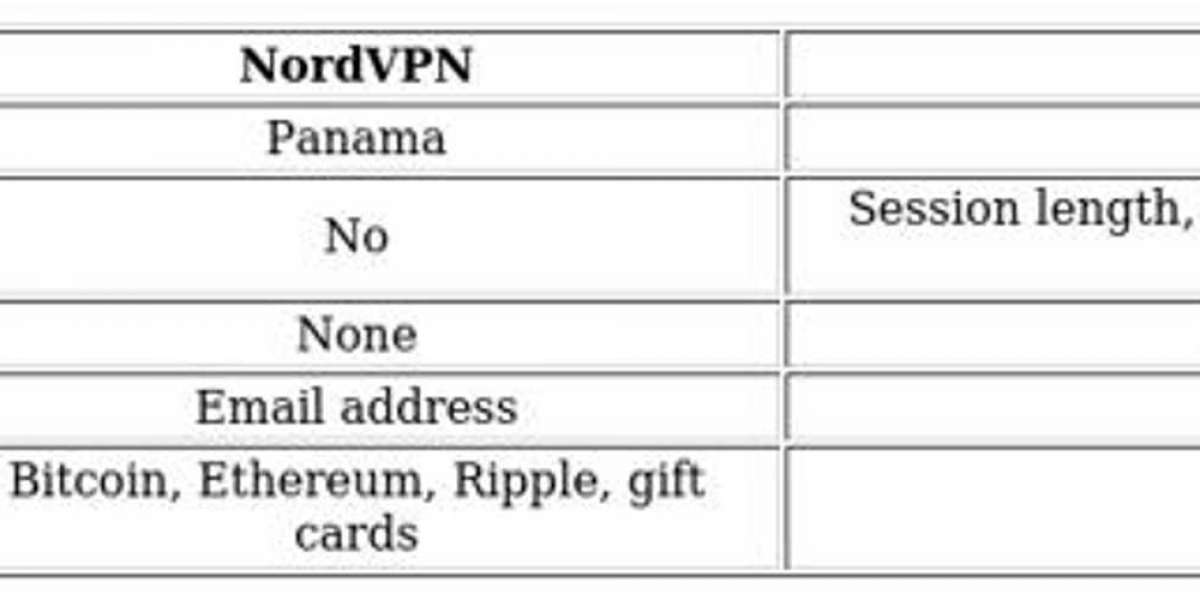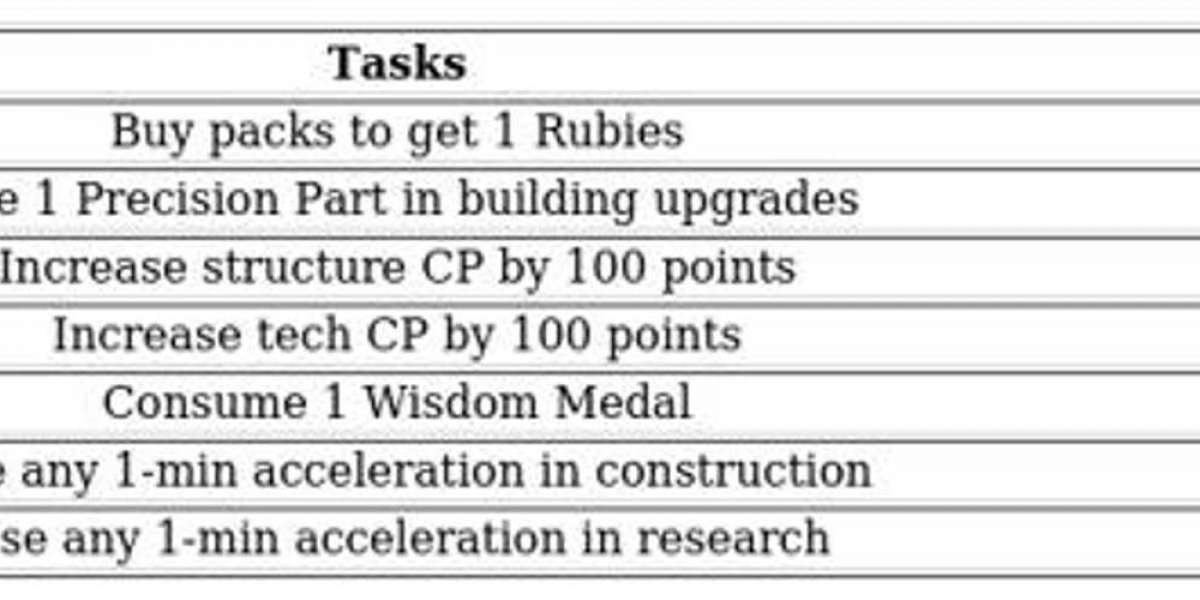Healthcare security systems are undergoing a profound evolution, driven by the escalating threat of cyberattacks, the proliferation of connected medical devices, and the persistent need for robust physical security in dynamic environments. Far from being a mere IT or facilities overhead, comprehensive security is now recognized as a critical pillar for patient safety, data integrity, and operational continuity. Recent trends indicate a strategic pivot towards integrated, intelligent, and proactive security measures.
The Cyber Frontier: AI, Zero Trust, and Ransomware Defenses
The biggest challenge facing healthcare security in 2025 remains cybersecurity, with ransomware attacks and data breaches continuing to plague the sector. The "India Cyber Threat Report 2025" highlights healthcare as the most targeted industry in India in 2024, accounting for 21.82% of all cyberattacks. Threat actors are exploiting vulnerabilities in digital health infrastructure, including Electronic Health Records (EHRs), connected medical devices (IoMT), and telehealth applications. Major incidents, such as the Yale New Haven Health System breach impacting 5.5 million patient records in April 2025, underscore the severe consequences of these attacks, including identity theft, medical fraud, and significant operational disruption.
In response, healthcare organizations are rapidly adopting advanced cybersecurity solutions. Artificial intelligence (AI) is at the forefront of this defense. AI-powered platforms are enhancing threat detection by analyzing vast amounts of network traffic and user behavior to identify anomalies that signal potential attacks. Automated threat hunting and intelligence platforms are gaining prominence, proactively identifying and mitigating emerging threats before they can cause damage. The focus is shifting from reactive responses to predictive and preventative security postures.
The adoption of Zero Trust Architecture (ZTA) is also expanding. This model assumes no implicit trust, verifying every user and device attempting to access a system, regardless of their location. This granular approach to access control is critical for safeguarding sensitive patient data (ePHI) and preventing unauthorized access within increasingly complex healthcare networks. Cloud-based security solutions are becoming essential, offering scalability, remote management, and enhanced disaster recovery capabilities for healthcare data.
Physical Security Reinvented: Integration and Intelligence
Physical security in healthcare facilities is also undergoing a significant transformation, moving beyond traditional surveillance and access control to integrated, intelligent systems. Workforce shortages, particularly in emergency departments, and an increasing incidence of workplace violence are driving the need for more sophisticated physical security solutions.
AI-powered video surveillance is revolutionizing how hospitals monitor their premises. These systems can perform real-time behavioral analysis to detect aggression, loitering, or unauthorized access, significantly reducing reliance on constant human monitoring. Facial recognition (within ethical and legal limits) and automated alerts are enhancing situational awareness and enabling quicker responses to potential threats.
Access control systems are becoming more advanced, with a strong trend towards mobile credentials and smartphone-based access. This not only improves user convenience but also simplifies credential management and enhances security by allowing instant issuance and revocation of access. Biometric access readers are being installed in high-risk areas like server rooms and inventory storage to ensure only authorized personnel can enter.
Hospitals are moving towards fully integrated security ecosystems that combine video surveillance, access control, intrusion detection, visitor management, and infant protection systems into a single, unified platform. This convergence provides seamless monitoring, event correlation, and rapid response from a centralized dashboard. Smart visitor management systems, featuring touchless check-ins, real-time ID scanning, and watchlist integration, are streamlining visitor entry while enhancing security. Real-Time Location Systems (RTLS) are gaining traction for tracking staff (for duress response), patients (especially in vulnerable units), infants, and mobile equipment, improving safety and operational efficiency.
The Internet of Medical Things (IoMT) Security Imperative
The proliferation of Internet of Medical Things (IoMT) devices presents both immense opportunities and significant security challenges. From smart infusion pumps to remote patient monitoring wearables, these connected devices collect and transmit vast amounts of sensitive patient data. However, many IoMT devices are "insecure by design," often operating with limited computing power, minimal encryption, and inconsistent update cycles, making them highly vulnerable to cyber threats. Recent reports indicate that nearly 90% of healthcare organizations utilize the most vulnerable IoMT devices, with a staggering 99% having at least some vulnerable devices in their systems.
Securing IoMT devices is a top priority. Healthcare providers are implementing robust network segmentation, continuous vulnerability assessments, and automated patch management strategies. The convergence of IT and operational technology (OT) security is crucial, as a breach in one domain can compromise the other. Organizations are investing in solutions that provide comprehensive visibility and control over all connected medical devices, ensuring compliance with stringent data privacy regulations like HIPAA.
The ongoing evolution of healthcare delivery, characterized by increasing digitization and connectivity, demands a proactive and integrated approach to security. From safeguarding patient data from sophisticated cyberattacks to ensuring the physical safety of staff and patients, healthcare security systems are at the forefront of protecting critical assets and maintaining trust in the healthcare ecosystem.








